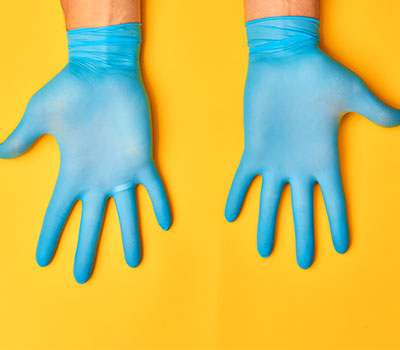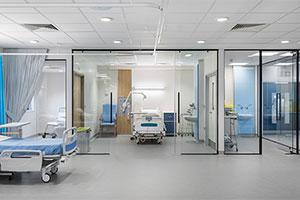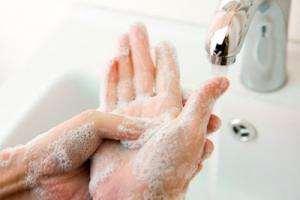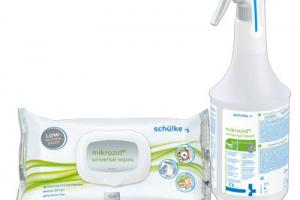Infection prevention and control specialist GAMA Healthcare, best known for hospital disinfectant range Clinell, has built-in a state-of-the-art…
Implementing effective infection control
Clare Long, business account manager for care at the Professional Division of Miele, discusses effective infection control for care facilities…
An infection control plan is a series of policies and procedures that every care home should have in place to ensure hygienic standards, prevent the spread of infection and keep residents, staff and visitors safe in the care environment. Even the most conscientious team can struggle to control infectious diseases if they don’t have guidelines to follow, and this is where your documented infection control plan comes in really useful. Here are some of the factors and regulations to take into account when introducing or revising your infection control plan for laundry procedures:
1. Hand hygiene
This is the single most important factor for preventing the spread of infection and should underpin the rest of your policy. It’s vital for staff, visitors and residents to effectively wash and disinfect their hands to ensure they’re not transferring harmful germs or micro-organisms to other people, equipment or surfaces. Your individual policy should define the process that should be followed and when, for example after ‘hands-on’ contact with a resident.
2. Personal protection 
Your plan needs to define if and when staff should use personal protection. Carefully consider all the instances where personal protection measures may need to be taken and define the process. For example, an employee may need to use gloves and an apron to load soiled laundry into the washing machine. They should remove these and dispose of them safely before handling clean laundry at the end of the cycle or moving onto a different task.
3. Effective decontamination
Dealing with waste and potentially infectious substances as a carer is often inevitable, but it’s vital to make sure that any soiled items are effectively decontaminated. Consider a sluice sink to remove as much residue as possible from soiled materials before entering the washing cycle. Ensure you’re equipped with quality commercial machines that are capable of handling larger loads and consistently washing to a safe standard. Once the washing cycle has finished, take care to prevent cross-contamination by ensuring clean washing does not come into contact with dirty items.
4. Regulation of infection control
It’s vital to ensure industry guidelines and regulations are being met across different operations and the infection control plan is an effective way of ensuring your processes comply.
The NHS infection control guidelines (HTM 01-04) define the decontamination of linen for health and social care. Your appliances should be tested and approved as being able to meet these conditions and be able to hold washing at either 10 minutes at 65⁰C or over, three minutes at 75⁰C or over or one minute at 85⁰C or over.
5. Brief staff
Employees need to be thoroughly briefed and up-to-date with the correct procedures, particularly in the operational areas that might experience higher-than-usual staff turnover, like the laundry room. Ensure your infection control plan is properly communicated, easy to understand and accessible at all times.
See miele.co.uk for information on cleaning products, domestic appliances and infection control.





